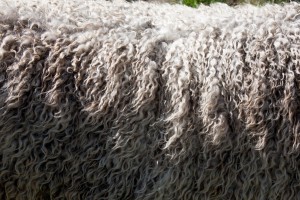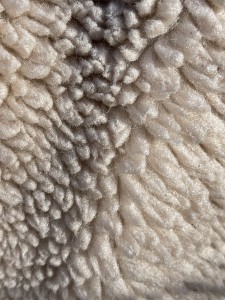Measurement of sebum content in wool products and its impact assessment method
The content of sebum in wool products directly affects their quality and performance. Excessive sebum can cause adhesion and oil stains during processing and use, while insufficient sebum can affect the elasticity and toughness of wool. Therefore, it is very important to accurately measure the sebum content in wool products and evaluate its impact on product quality.
The main methods for determining sebum content in wool products are Soxhlet extraction, far-infrared spectroscopy, and high-performance liquid chromatography. Soxhlet extraction is a traditional method of sebum extraction, which quantitatively analyzes sebum by refluxing the ground sample with a solvent. Far-infrared spectroscopy is a non-destructive analysis method that infers sebum content based on the absorption of far-infrared rays by wool products. High-performance liquid chromatography can simultaneously quantitatively analyze multiple fatty acids in wool products, and calculate sebum content with high accuracy.
The impact of sebum content on the quality of wool products is mainly reflected in aspects such as hand feel, color depth, product appearance, and processing technology. Generally speaking, for every 1% increase in sebum content, the hand feel of wool products will decrease by about 10%, and the color will also darken by 3-5 shades. When the sebum content exceeds 1.5-2%, it will have a significant impact on the processing and appearance of the finished product. Therefore, to ensure the quality of wool products, the sebum content should be controlled within the range of 1-1.5%.
accurate determination of sebum content and in-depth evaluation of its impact are helpful for quality control and improvement of wool products. In industrial production, efficient and precise measurement techniques should be selected, and reasonable sebum content standards should be determined based on product use and consumer preferences to produce high-quality wool products.
Post time: Jun-02-2023


